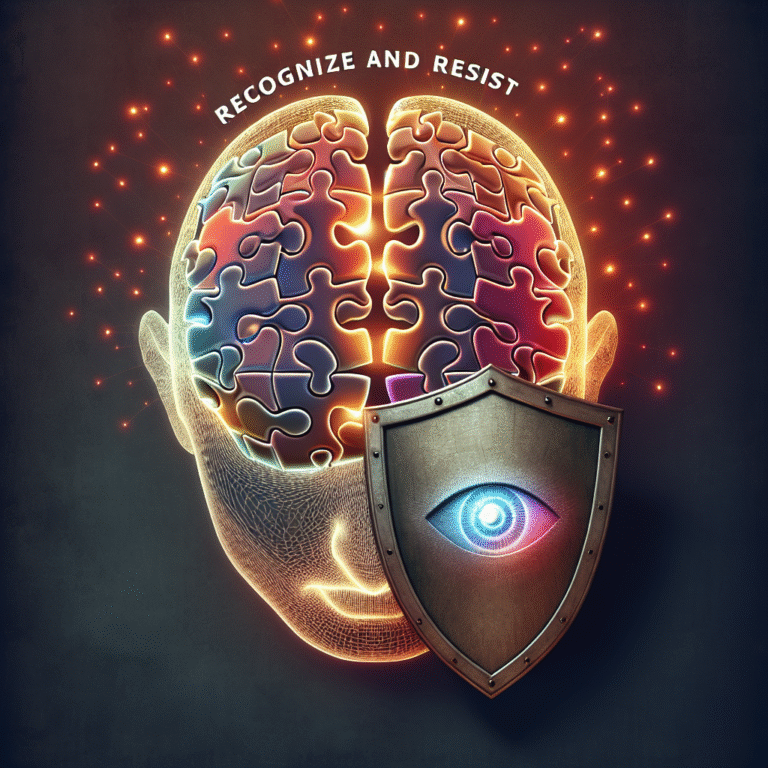
Find Your Calm: The Ultimate Guide to Mindfulness for Stress Relief
Introduction
In the relentless hustle of modern life, stress has become so pervasive that it often feels like a silent partner in our daily routines. Pressure from work, relationships, and the increasing demands of daily living can leave us feeling overwhelmed. This is where mindfulness steps in as a powerful tool for stress relief. Welcome to Find Your Calm: The Ultimate Guide to Mindfulness for Stress Relief. This guide aims to unpack the transformative power of mindfulness, offering you the strategies necessary to regain control over your mental landscape and foster a profound sense of peace.
Understanding Mindfulness and Its Importance
Mindfulness is not just a trend; it is a practice rooted in centuries of tradition, particularly within Buddhism. At its core, mindfulness is the practice of being present in the moment, fully aware of our thoughts, feelings, and surroundings, without judgment. A simple yet powerful concept — this practice can be transformative when it comes to managing stress. By anchoring ourselves in the present, we allow ourselves to detach from the overwhelming emotions that stress can evoke.
Why Mindfulness Matters
A study published in the journal Health Psychology highlights that individuals who practice mindfulness regularly report lower levels of stress and anxiety. Additionally, mindfulness techniques promote psychological flexibility, which can further help individuals to navigate stressful situations. By adopting mindfulness, we learn to observe our thoughts and emotions rather than becoming entangled in them.
Practical Mindfulness Techniques for Stress Relief
In Find Your Calm: The Ultimate Guide to Mindfulness for Stress Relief, we explore several practical techniques that can be integrated into your daily routine. Each technique offers a unique approach to calming the mind and alleviating stress.
1. Mindful Breathing
One of the simplest yet most effective mindfulness techniques is mindful breathing. Here’s how to practice it:
- Find a Comfortable Position: Sit or lie down in a quiet place.
- Focus on Your Breath: Breathe in slowly through your nose, hold for a moment, and exhale through your mouth.
- Count Your Breaths: Inhale for a count of 4, hold it for 4, and exhale for 4. Repeat for several minutes.
Case Study: The Workplace Stress Reliever
In a corporate setting, a team introduced a brief mindful breathing session before weekly meetings. Employees reported feeling more relaxed and focused, resulting in increased productivity.
2. Body Scan Meditation
The body scan is a popular technique that emphasizes the awareness of physical sensations. It can help you connect with your body and relieve tension.
- Lie Down Comfortably: Close your eyes and take a few deep breaths.
- Focus on Sensations: Start at your toes, consciously relaxing each part of your body as you move upwards.
Analysis
This technique has been shown to reduce symptoms of anxiety and depression, according to research published in the Journal of Clinical Psychology.
3. Mindful Walking
Walking is often a routine activity, but mindful walking transforms this into a meditative practice.
- Walk Slowly: With each step, focus on the sensation of your feet touching the ground.
- Engage Your Senses: Notice the sights, sounds, and smells around you.
Case Study: Nature Therapy
A study conducted in urban parks revealed that participants who practiced mindful walking reported a significant reduction in stress levels compared to their peers who walked without mindfulness.
4. Journaling
Writing can be a potent form of mindfulness.
- Set Aside Time Daily: Choose a consistent time each day to reflect.
- Write Freely: Express your thoughts without judgment or editing.
5. Mindful Eating
Transforming meal times into mindful practices can drastically shape our relationship with food.
- Slow Down: Chew each bite mindfully, focusing explicitly on the taste and texture of your food.
- Awareness of Emotions: Notice any feelings that arise as you eat.
6. Guided Visualization
Mental imagery can transport you to a place of peace.
- Find a Quiet Space: Sit or lie comfortably.
- Visualize a Calm Place: Picture a serene environment where you feel entirely at ease.
Building a Mindfulness Routine
Integrating mindfulness into your life requires consistency. Here are some actionable steps:
- Start Small: Commit to just five minutes of mindfulness practice each day, gradually increasing as you become comfortable.
- Use Mindfulness Apps: Consider apps like Headspace or Calm to guide your practice.
- Connect with Others: Join a mindfulness group or a local class to share experiences and stay motivated.
| Technique | Time Required | Frequency | Benefits |
|---|---|---|---|
| Mindful Breathing | 5-10 minutes | Daily | Reduces anxiety, enhances focus |
| Body Scan Meditation | 10-20 minutes | 2-3 times/week | Relieves tension, improves sleep quality |
| Mindful Walking | 15-30 minutes | Several times/week | Increases mindfulness, enhances mood |
| Journaling | 15 minutes | Daily | Enhances emotional clarity and self-awareness |
The Science Behind Mindfulness and Stress Relief
Numerous studies continue to explore the connections between mindfulness and stress relief. One significant study in the Journal of Psychosomatic Research discovered that participants who participated in mindfulness-based stress reduction programs reported substantial decreases in psychological stress.
Additionally, the practice of mindfulness has been linked to improved emotional regulation. When we practice mindfulness, we retrain our brains to respond to stress more adaptively.
Real-World Applications of Mindfulness
Mindfulness is not solely reserved for meditation or silent reflection. Its applications span diverse aspects of life, proving that it can be a significant ally in various stress-inducing scenarios.
Mindfulness in Relationships
Practicing mindfulness can significantly enhance your interpersonal relationships. By actively listening and being present, individuals experience a deeper connection with their partners or friends. This practice can help in reducing conflicts and developing empathy.
Mindfulness in Education
Schools are increasingly incorporating mindfulness programs into their curricula, teaching students techniques for managing stress and anxiety. This creates a healthier educational environment where students can thrive.
Mindfulness in Healthcare
Healthcare professionals are also recognizing the benefits of mindfulness for both patients and practitioners. Studies suggest that mindfulness practices can reduce burnout among healthcare workers, leading to better patient care.
Conclusion
Find Your Calm: The Ultimate Guide to Mindfulness for Stress Relief serves as a roadmap toward achieving mental clarity and emotional well-being. By incorporating mindfulness into your daily routine, you can alleviate stress, enhance your emotional resilience, and cultivate a genuine sense of peace. Remember, mindfulness is a journey, not a destination; with consistency and commitment, you can find your calm in the chaotic world around you.
FAQs
1. What is mindfulness?
Mindfulness is the practice of being present and fully engaged in the moment without judgment.
2. How can mindfulness help relieve stress?
Mindfulness helps by enabling individuals to observe their thoughts and emotions, reducing the impact of stress on their mental health.
3. How often should I practice mindfulness?
Start with as little as five minutes a day and gradually increase the duration as you feel more comfortable with the techniques.
4. Can mindfulness be practiced anywhere?
Yes! Mindfulness can be practiced in various settings — at home, work, or even outdoors.
5. Are there any specific mindfulness apps you recommend?
Apps such as Headspace, Calm, and Insight Timer offer guided meditations and mindfulness techniques suitable for all levels.
This guide aims to empower you with the tools necessary for living a more mindful, balanced life. Find Your Calm: The Ultimate Guide to Mindfulness for Stress Relief is only the beginning of your supportive journey into tranquility.














